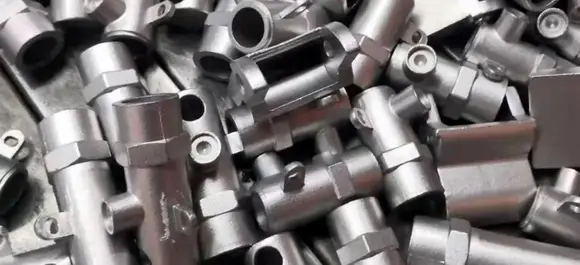Mobile:+86-311-808-126-83
Email:info@ydcastings.com
stainless steel casting
The Advantages of Stainless Steel Casting
Stainless steel casting has become increasingly popular in various industries due to its unique properties and versatile applications. This process involves pouring molten stainless steel into a mold to create intricate components that meet specific design requirements. The benefits of stainless steel casting are numerous, making it an ideal choice for a wide range of engineering and manufacturing needs.
One of the primary advantages of stainless steel is its exceptional corrosion resistance. Unlike carbon steel, which can rust and degrade when exposed to moisture and harsh environments, stainless steel maintains its integrity and aesthetics over time. This characteristic is particularly important in industries such as food processing, pharmaceuticals, and marine applications, where hygiene and environmental resistance are paramount. By using stainless steel casting, manufacturers can produce components that will last longer and require less maintenance, offering significant long-term cost savings.
Another important advantage of stainless steel casting is its ability to withstand high temperatures and extreme conditions
. Stainless steel alloys can endure temperature fluctuations without losing their mechanical properties, making them suitable for applications in industries such as aerospace, automotive, and chemical processing. Castings can be produced in a variety of shapes and sizes, which allows for the creation of complex parts that would be difficult or impossible to fabricate using other methods.stainless steel casting

The casting process itself offers designers and engineers a high degree of flexibility. Unlike traditional machining processes that may impose limitations on the design due to material waste and tooling constraints, stainless steel casting allows for intricate designs to be realized with precision. This capability not only reduces material waste but also accelerates production times, as fewer post-casting operations are often required. Additionally, the ability to create customized molds means that manufacturers can produce tailored solutions that meet specific project requirements, enhancing product functionality.
Another noteworthy aspect of stainless steel casting is its sustainability. Stainless steel is fully recyclable, and the casting process can be optimized to minimize energy consumption and waste generation. As industries increasingly focus on environmental responsibility, the use of stainless steel castings aligns with sustainable practices and supports a circular economy. This appeal to eco-conscious consumers can further bolster a brand's reputation and marketability.
Furthermore, stainless steel casting also enables excellent surface finishes and dimensional accuracy. With advancements in casting technology, companies can produce components with smooth surfaces that often require little to no further treatment. This not only enhances the aesthetic appeal of the finished product but also improves its performance characteristics, particularly in applications where airflow, fluid flow, or sealing is critical.
In conclusion, stainless steel casting presents a myriad of advantages that make it a preferred choice for manufacturers across multiple sectors. Its corrosion resistance, durability under extreme conditions, design flexibility, sustainability, and superior surface finishes contribute to its growing popularity. As industries continue to evolve and demand higher-quality components, stainless steel casting is poised to play a crucial role in meeting these challenges while delivering reliable and efficient solutions. With its multitude of benefits, it is no wonder that stainless steel casting remains a cornerstone in modern manufacturing.











